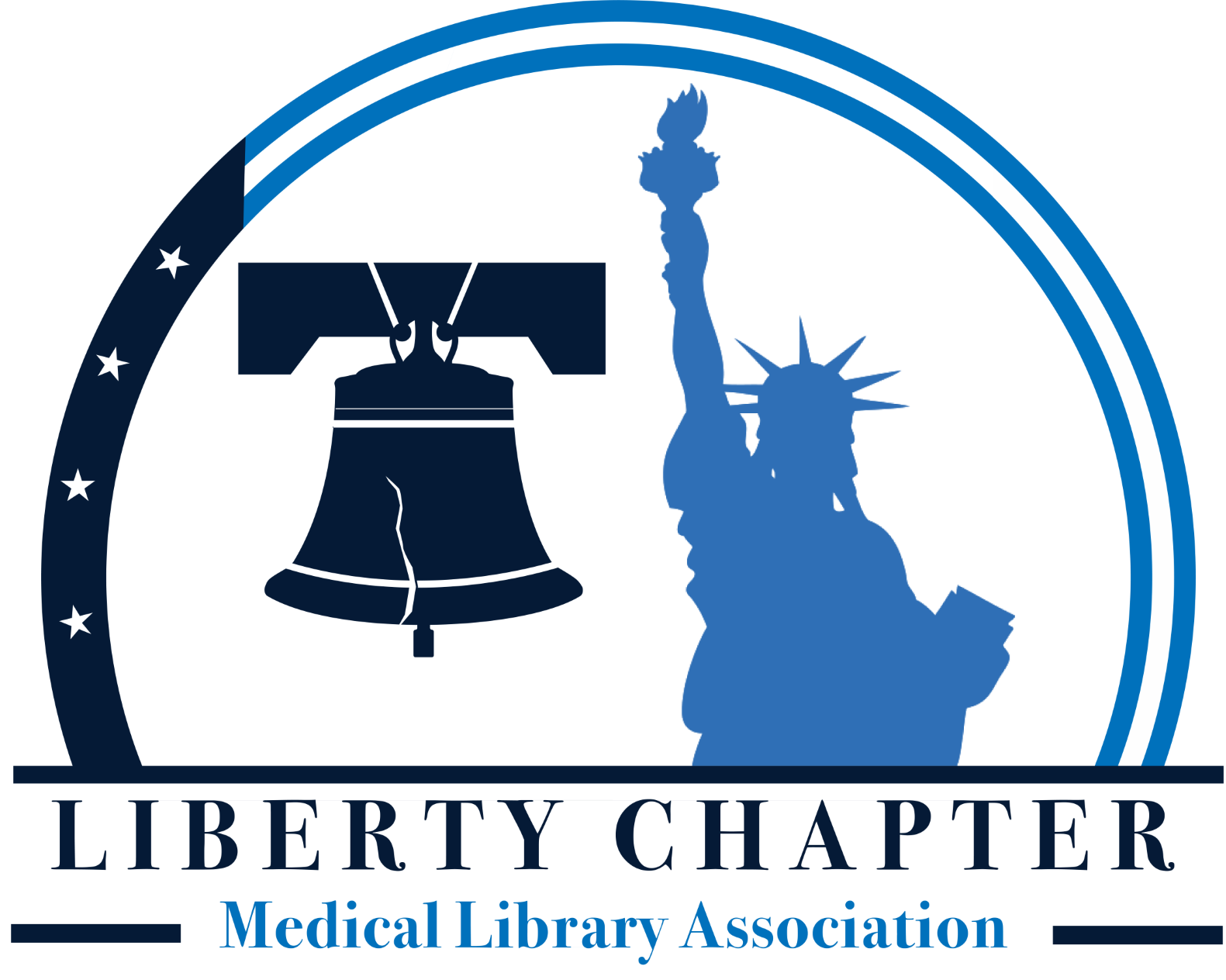The December Liberty Chapter Journal Club will take place Wednesday, 12/07/2022 from 2:00 PM - 3:00 PM EST Online (link will be sent via email one day before the session). Registration is free and open only to members of the Liberty Chapter (Please log in to your member account before registering). The facilitator will be Helen-Ann Brown Epstein.
REGISTER HERE
Article:
Durand M, Schnitzer ME, Pang M, et al. Effectiveness and safety among direct oral anticoagulants in nonvalvular atrial fibrillation: A multi-database cohort study with meta-analysis. Br J Clin Pharmacol. 2021;87(6):2589-2601. doi:10.1111/bcp.14669. https://pubmed.ncbi.nlm.nih.gov/33242339/
Abstract:
Aims: There are conflicting signals in the literature about comparative safety and effectiveness of direct oral anticoagulants (DOACs) for nonvalvular atrial fibrillation (NVAF).
Methods: We conducted multicentre matched cohort studies with secondary meta-analysis to assess safety and effectiveness of dabigatran, rivaroxaban and apixaban across 9 administrative healthcare databases. We included adults with NVAF initiating anticoagulation therapy (dabigatran, rivaroxaban or apixaban), and constructed 3 cohorts to compare DOACs pairwise. The primary outcome was pooled hazard ratio (pHR) of ischaemic stroke or systemic thromboembolism. Secondary outcomes included pHR of major bleeding, and a composite of stroke, major bleeding, or all-cause mortality. We used proportional hazard Cox regressions models, and pooled estimates were obtained with random effect meta-analyses.
Results: The cohorts included 73 414 new users of dabigatran, 92 881 of rivaroxaban, and 61 284 of apixaban. After matching, the pHRs (95% confidence intervals) comparing rivaroxaban initiation to dabigatran were: 1.11 (0.93, 1.32) for ischaemic stroke or systemic thromboembolism, 1.26 (1.09, 1.46) for major bleeding, and 1.17 (1.05, 1.30) for the composite endpoint. For apixaban vs dabigatran, they were: 0.91 (0.74, 1.12) for ischaemic stroke or systemic thromboembolism, 0.89 (0.75, 1.05) for major bleeding, and 0.94 (0.78 to 1.14) for the composite endpoint. For apixaban vs rivaroxaban, they were: 0.85 (0.74, 0.99) for ischaemic stroke or systemic thromboembolism, 0.61 (0.53, 0.70) for major bleeding, and 0.82 (0.76, 0.88) for the composite endpoint.
Conclusion: We found that apixaban use is associated with lower risks of stroke and bleeding compared with rivaroxaban, and similar risks compared with dabigatran.

